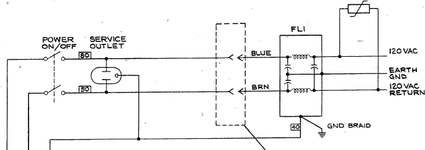Both my old Bally's (Paragon and Vector) have an auxiliary power socket inside the main cabinet. It's mounted on the board along with the tilt sensors at the front near the coin door. It's a US-style 110V socket and personally I think it's a health and safety death-trap. I won't be refitting it during the Paragon restoration! I have no use for it and it's unlikely rated for 240V anyway.
But I have a couple of questions:
But I have a couple of questions:
- Why is it there in the first place? I'm assuming so that commercial operators could plug in an inspection lamp or soldering iron whilst doing on site maintenance.
- Are they still fitted to modern games, e.g., Stern, JJP, etc.? If not, anyone know when and why it stopped?


